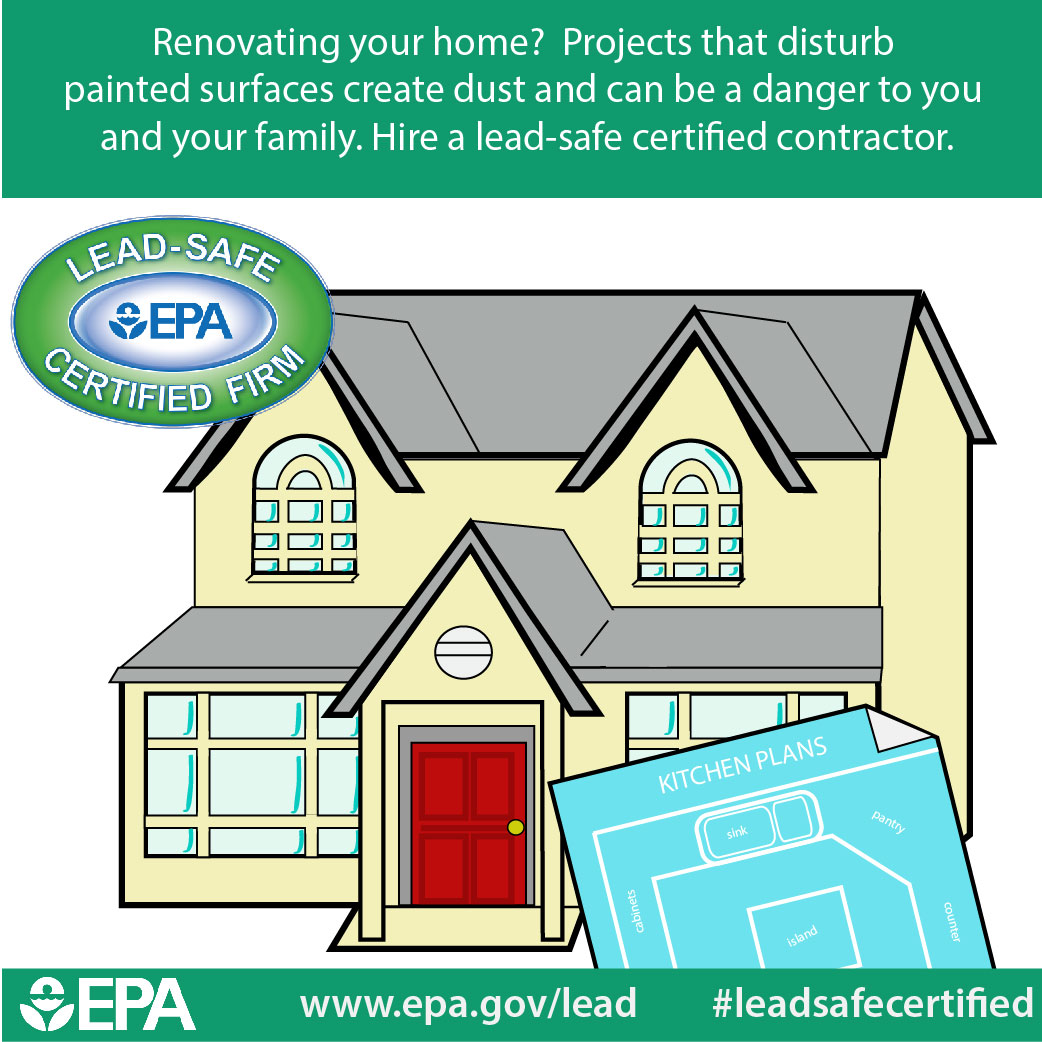The Influence Of Climate Condition On Your Outside Paint Task
The Influence Of Climate Condition On Your Outside Paint Task
Blog Article
Written By- Highly recommended Reading
Comprehending exactly how weather conditions can affect the result of an external paint endeavor is extremely important for achieving a flawless surface. From temperature level variations modifying paint attachment to moisture degrees influencing drying times, each element of weather plays a significant duty in the success of your project. Moreover, wind speed and precipitation can present unexpected difficulties that might compromise the top quality of the outcome. As we navigate through the subtleties of weather's effect on outside painting, it ends up being noticeable that careful preparation and calculated timing are crucial for ensuring an expert and resilient outcome.
Ideal Temperature Variety for Painting
When taking into consideration exterior painting jobs, the perfect temperature range plays an essential duty in attaining optimum results. Paint in the ideal temperature level problems makes certain that the paint adheres properly to the surface, dries uniformly, and treatments effectively. Usually, https://stephendqcmx.boyblogguide.com/32921245/learn-more-about-the-cutting-edge-techniques-and-trends-in-home-painting advised temperature level variety for external paint is in between 50 to 85 levels Fahrenheit.
Painting in temperature levels listed below 50 levels Fahrenheit can result in problems such as bad paint bond, prolonged drying out times, and a raised possibility of breaking or peeling off.
On the other hand, painting in temperatures over 85 degrees Fahrenheit can create the paint to completely dry as well promptly, causing blistering, gurgling, and an unequal coating.
To attain the best outcomes, it is vital to examine the weather forecast before beginning an outside painting job. Preferably, objective to paint during mild weather with modest temperature levels and reduced humidity levels.
Effects of Humidity on Paint Drying
Moisture levels dramatically impact the drying out process of paint related to exterior surface areas. High moisture can prolong the drying time of paint, bring about potential concerns such as dripping, streaking, or even the formation of bubbles on the painted surface area. Excess dampness airborne decreases the evaporation of water from the paint, hindering the curing procedure. This is specifically problematic for water-based paints, as they depend on evaporation for drying out.
On the other hand, low moisture levels can also affect paint drying. Very dry problems might cause the paint to completely dry also rapidly, bring about inadequate attachment and a rough coating. In such situations, adding a paint conditioner or splashing a great mist of water in the air can assist manage moisture degrees and enhance the paint outcome.
To ensure optimal drying conditions, it is advisable to repaint when the humidity degrees vary between 40% and 50%.
Tracking moisture levels and taking suitable measures can help achieve a smooth and long lasting paint surface on exterior surfaces.
Wind and Rainfall Factors To Consider
Wind speed and rainfall are vital factors that significantly influence the success of an outside paint job.
When it concerns wind, both speed and instructions are vital factors to consider. https://independentpaintersnearme54443.blogunok.com/34074319/exactly-how-to-prepare-your-home-for-specialist-residence-painters can cause paint to dry as well quickly, leading to a subpar finish with possible issues like fracturing or uneven structure. In addition, wind can lug particles that may adhere to the wet paint, bring about flaws. Therefore, painters must intend to service days with light to moderate winds for optimum painting problems.
On the other hand, precipitation, whether rain or snow, can be extremely destructive to the end result of an external paint task. Moisture from precipitation can prevent paint bond, triggering peeling and bubbling over time. mouse click the following web page is critical to avoid painting throughout rainy or snowy weather to make sure the durability and top quality of the paint task. Painters ought to also permit enough time for the surface to completely dry extensively after any type of precipitation prior to beginning or returning to the painting process.
Verdict
In conclusion, climate condition play a significant duty in the end result of an external painting project. The ideal temperature array, humidity degrees, wind rate, and rainfall all contribute to the success or failure of the paint work.
It is important to take into consideration these aspects and plan as necessary to ensure correct paint adhesion, drying times, and overall high quality of the completed product.
